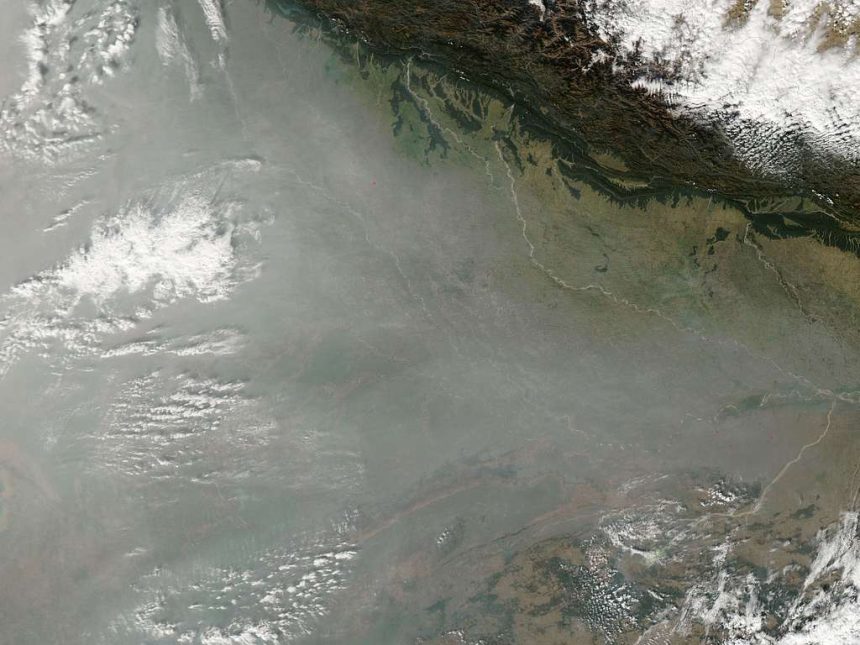The Himalayas, renowned for their majestic peaks and rich biodiversity, are facing escalating environmental challenges. Climate change, deforestation, and air pollution threaten the region’s ecosystems and the well-being of its inhabitants. In response, a series of community-driven reforestation initiatives are emerging, aiming to restore degraded landscapes and improve air quality.
Community-Led Reforestation Efforts
The Himalayan Restoration Project (HRP)
In Chamba, Himachal Pradesh, the HRP exemplifies grassroots conservation. Led by botanist Vishal Ahuja and ecologist Dr. Sanjay Molur, the project collaborates with local communities to restore native forests, benefiting both biodiversity and livelihoods. Since March 2024, community members and students have actively participated in planting native species, fostering a sense of ownership and environmental stewardship.
Surya-Kunj: A Model for Participatory Restoration
Established in 1992 in Almora, Uttarakhand, Surya-Kunj has transformed degraded land into a thriving ecosystem through participatory forest management. The project integrates community engagement, sustainable income generation, and educational outreach, serving as a hub for biodiversity and environmental education. It has trained over 150 individuals in green skills and sensitized more than 10,000 students, highlighting the power of community-driven restoration.
Balancing Reforestation with Ecosystem Integrity
While reforestation offers numerous benefits, it’s crucial to consider ecological compatibility. In Ladakh’s cold desert, the Go Green Go Organic initiative has planted 150,000 trees, aiming to combat air pollution and provide resources for locals. However, experts caution that introducing forests into naturally treeless ecosystems can disrupt native habitats and strain water resources. Abi Tamim Vanak of ATREE notes that such practices can be as harmful as deforestation, emphasizing the need for context-specific approaches.
The Great People’s Forest Initiative
Launched in 2023, the Great People’s Forest of the Eastern Himalayas represents one of South Asia’s most ambitious reforestation efforts. Spearheaded by the Balipara Foundation and Conservation International, the initiative aims to plant 1 billion trees and restore 1 million hectares across Northeast India, Bhutan, Nepal, and Bangladesh. By involving local communities and prioritizing both ecological and economic benefits, the project seeks to safeguard the region’s biodiversity and support the livelihoods of its inhabitants.
Integrating Faith and Ecology
In Devprayag, Uttarakhand, priest Ankit Dhyani leads GoGreenIndia, blending spiritual leadership with environmental activism. His initiative has planted over 15,000 saplings, engaging local youth and promoting native species that offer ecological and cultural value. Dhyani’s efforts underscore the role of cultural and religious values in fostering environmental conservation.
Conclusion
Reforestation in the Himalayas is more than an environmental endeavor; it’s a multifaceted approach to combat climate change, preserve biodiversity, and enhance community resilience. By integrating scientific knowledge, cultural values, and community participation, these initiatives offer a blueprint for sustainable restoration. As the region continues to face environmental challenges, such collaborative efforts are vital for ensuring a greener, healthier future for the Himalayas and beyond.











